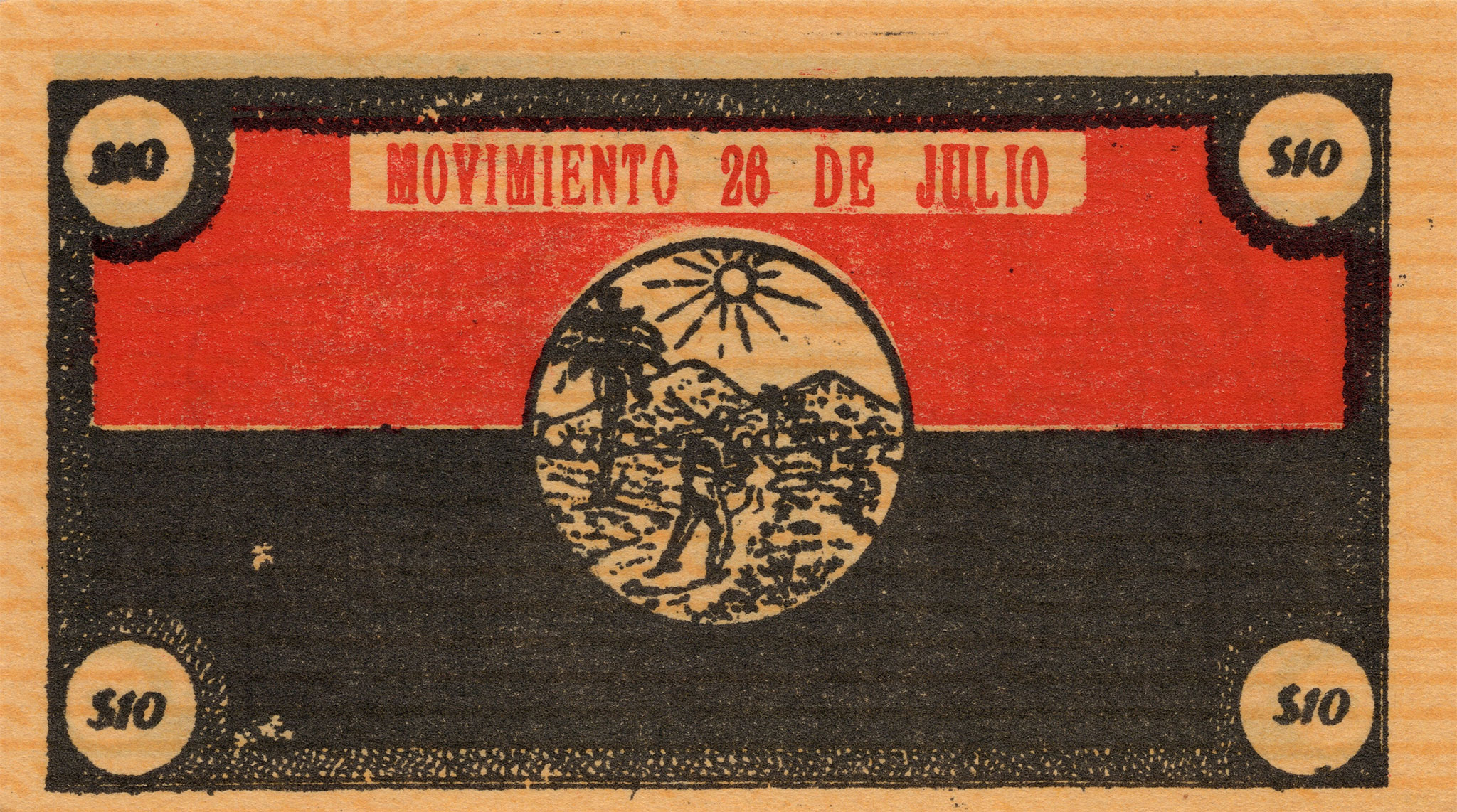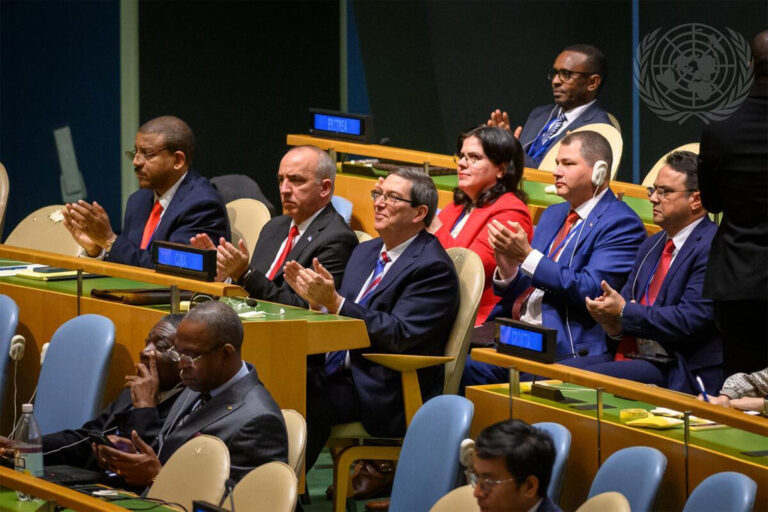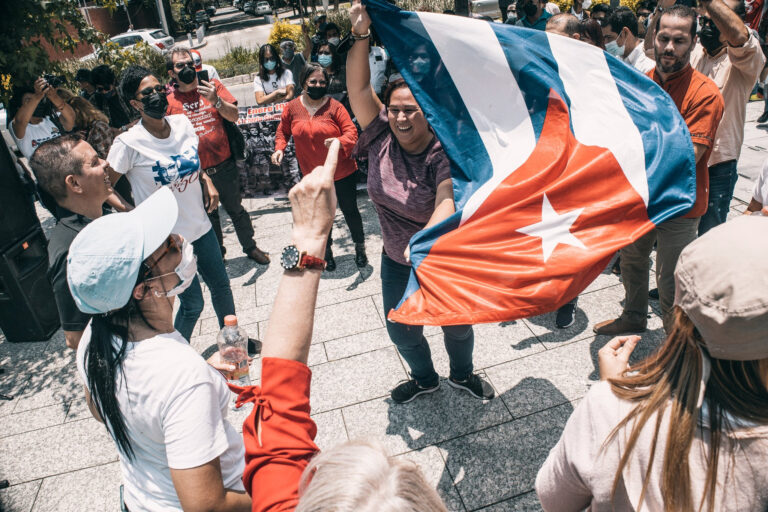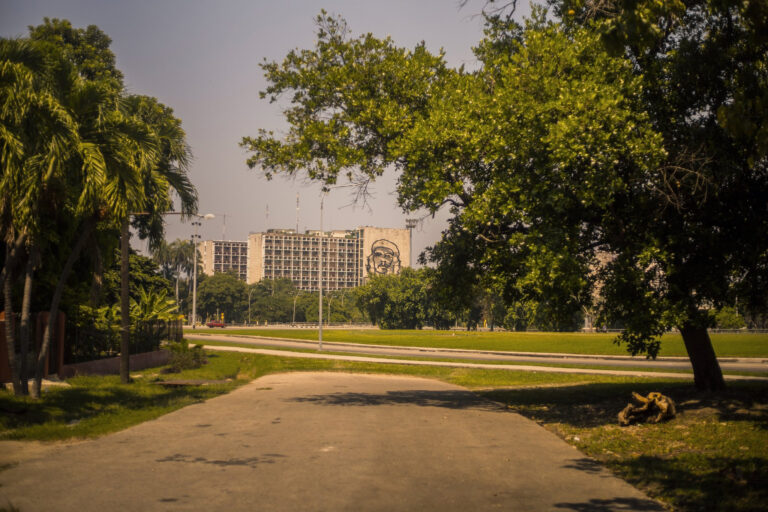The July 26th Movement changed Cuba and Latin America
This editorial by Marcos Roitman Rosenmann appeared in the July 26, 2026 edition of La Jornada, Mexico’s premier left wing daily newspaper. The views expressed in this article are the author’s own and do not necessarily reflect those of the Mexico Solidarity Project.
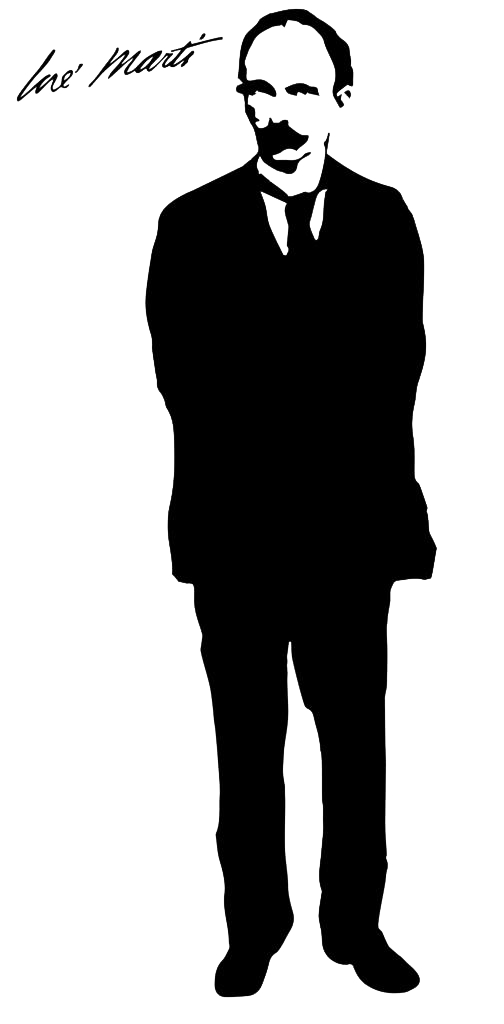
In Cuba, a generation—the centenary of José Martí’s birth—took the reins. Amid corrupt governments, broken promises, repression, and the murder of peasant leaders, union members, and university students, they decided to undertake armed struggle against tyranny. Electoral options were thwarted. Democratic demands had no place in a political regime accustomed to rigged elections. Its last two governments, born under the protection of the 1940 Constitution, thwarted any hopes for social change.
President Ramón Grau San Martín (1944-1948) had disappointed many. The credibility he had earned during his 100-day presidency in 1934, at the expense of Antonio Guiteras Holmes, who was assassinated by the army on May 8, 1935, quickly eroded. Former comrades had denounced Grau’s corruption, including Eduardo Chibás, the founder of the Cuban People’s Party (Orthodox). His example of dignity, anti-imperialist struggle, and love for Cuba made him a source of inspiration for future attackers of the Moncada and Bayamo barracks.
Moments before committing suicide in 1951, he declared: “Orthodox comrades, forward! For economic independence, political freedom, and social justice! Sweep the thieves out of the government! People of Cuba, rise up and walk! Cuban people, wake up! This is my final call!”
Grau’s successor, Carlos Prío Socarrás (1948-1952), a man of the United States and its multinationals, especially Electric Bond and Share and the nickel mining companies, followed in his predecessor’s footsteps. The Cold War had taken hold across the world. Anti-communism served as an excuse to dismantle democratic, reformist, and anti-imperialist governments in Latin America and the Caribbean.
In this context, presidential elections were called in Cuba on June 1, 1952. The Cuban People’s Party (Orthodox), founded by Chibás and its candidate, Roberto Agramonte, emerged as the winner. Fulgencio Batista, a strongman in the military, a longtime ally of the United States, and dictator from 1934 to 1940, presented his candidacy. Feeling like a loser, he did not wait for the results of the elections. On March 10, he carried out a military coup. Tyranny was established.

The Batista regime suspends the constitution. Opposition parties are outlawed. Protests are organized under heavy repression. An insurrectionist approach begins to be considered. Members of the Cuban Orthodox People’s Party, especially its youth, middle classes, and the exploited, dominated, and oppressed classes, demand a just war against tyranny.
Under the umbrella of José Martí, the example of Chibás, and the militants murdered during the Grau and Prío governments, resistance is woven. A young lawyer, Fidel Castro, wrote four days after the coup: “I invite Cubans of valor, the brave militants of the glorious party of Chibás; the time is for sacrifice and struggle; if you lose your life, nothing is lost. To live in chains is to live in submissive shame and disgrace. To die for the homeland is to live.”
A year later, the plan to unleash the popular uprising was to storm the Carlos Manuel de Céspedes barracks in Bayamo and the Moncada barracks in Santiago de Cuba. Their target: the arsenals. July 26, 1953, was the agreed-upon date. Various reasons led to its failure. (For an extensive overview, see Germán Sánchez Otero’s recent book: El Moncada: Preludio de una nueva era en Nuestra América (The Moncada: Prelude to a New Era in Our America ). RUTH, Casa Editorial, Havana, Cuba 2025; and Cuba en rebeldía: del Moncada a la Girón (Cuba in Rebellion: From Moncada to Girón ), by Salvador Morales Pérez. Universidad Michoacana, La Jornada de Michoacán, 2009.)
It was a hard-fought defeat. Two women, Haydée Santamaría and Melba Hernández, whose later role was decisive in the revolution’s triumph in 1959, were part of the operation. Others would fall that day, such as Abel Santamaría, Laureano Canejo, Ricardo Agüero, and José Luis Tasende. Among those arrested were Fidel Castro Ruz and countless other comrades. The armed action caused a rift in the tyranny, surprising in its audacity. In prison, Fidel Castro wrote his statement, History Will Absolve Me.
A vindication of dignity, a denunciation of the puppet governments, and a call to continue fighting. It would soon be known to the Cuban people. Sentenced to 15 years in prison in 1955, thanks to popular protests and pressure, Fidel and other leaders of the Moncada assault were released. Persecution and threats forced them to flee to Mexico.
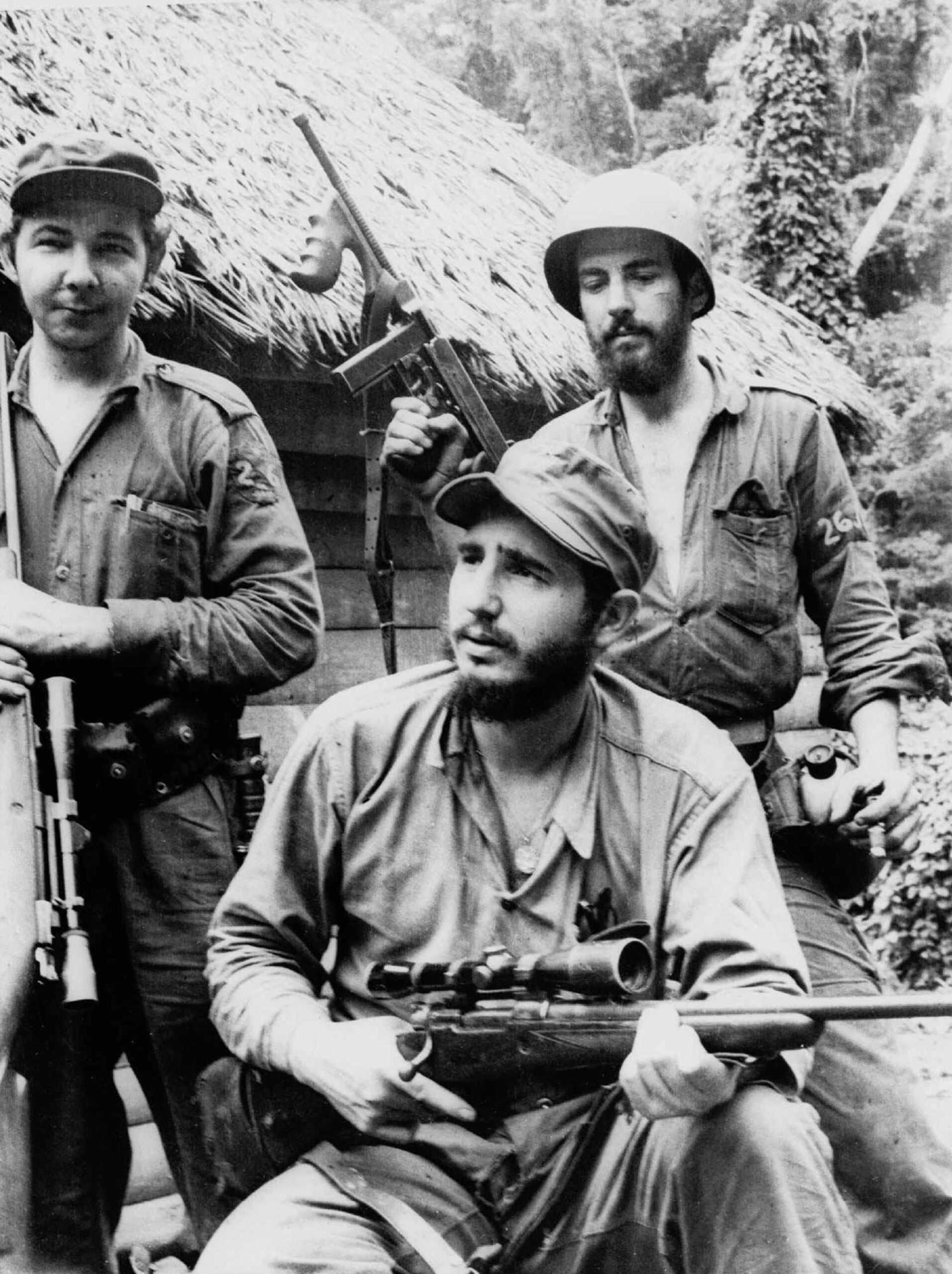
The July 26th Movement is born. The organization that would eventually bring 82 expeditionaries back to Cuba on November 25, 1956, on the yacht Granma begins. On December 2, they land on the eastern coast of Cuba. The revolution is unstoppable. On January 1, 1959, they enter Havana. The Cuban experience will change history. Overthrowing a tyranny through insurrection and a professional army seemed feasible, and at that time, it was the only way to achieve it.
Some examples: In Guatemala, the reformist government of Jacobo Arbenz was overthrown in 1954 by a coup d’état led by General Castillo Armas with CIA intervention. In 1957, the reformist government of Villeda Morales was overthrown in Honduras. In Nicaragua, the Somozas ruled, and in the Dominican Republic, dictator Rafael Trujillo reigned until his execution in 1961. All were anti-communist and allied with imperialism.
In Latin America, the influence of the Cuban Revolution shows a path of dignity. Its influence endures over time. It has managed to survive through mistakes, successes, and setbacks. Faced with a blockade that has lasted six decades, it has learned the meaning of imperialism, chemical and biological warfare, industrial sabotage, mercenary invasions, and the financing of opponents whose purpose is to make Cuba a neocolonial republic. But the Cuban people, aware of their weaknesses and strengths, do not surrender.
Nothing can stop a revolution when its leaders and grassroots organizations demonstrate high levels of commitment, honesty, respect, and love for those who have given their lives to build a dignified, sovereign, socialist, and anti-imperialist Cuba.
-
Mexico Denounces US’ Continued Disregard for Will of Majority at UN Discussion of Cuban Blockade
Mexico’s permanent representative to the UN, Héctor Vasconcelos, reaffirmed Mexico’s historic support for the island, stressing that unilateral sanctions threaten peace & development.
-
Sheinbaum: USMCA Won’t Affect Diesel Sales to Cuba
Sheinbaum also highlighted agreements for Cuban doctors to care for the vulnerable Mexican population, which she described as transparent and beneficial.
-
Continental Meeting of Solidarity with Cuba ends with Demand to end Genocidal Blockade, Support for Venezuela
This article by Emir Olivares Alonso originally appeared in the October 13, 2025 edition of La Jornada, Mexico’s premier left wing daily newspaper. Dozens of delegates from 35 countries demanded that the United States government and Congress end the “genocidal” economic, commercial, and financial blockade of Cuba. In the final declaration of the Ninth Continental…

